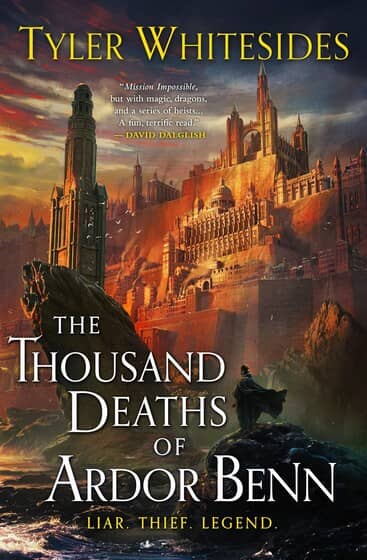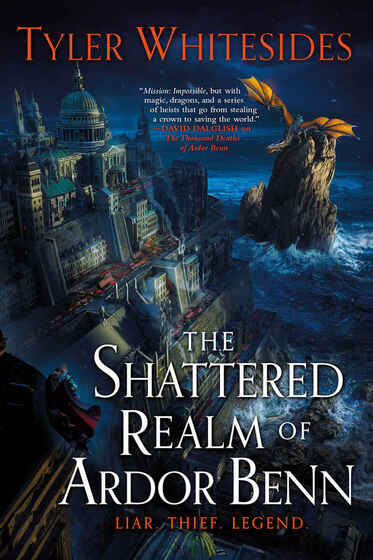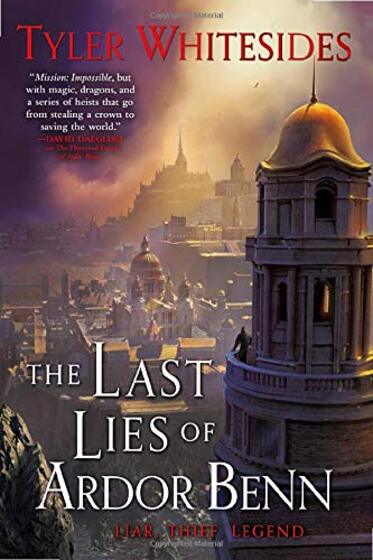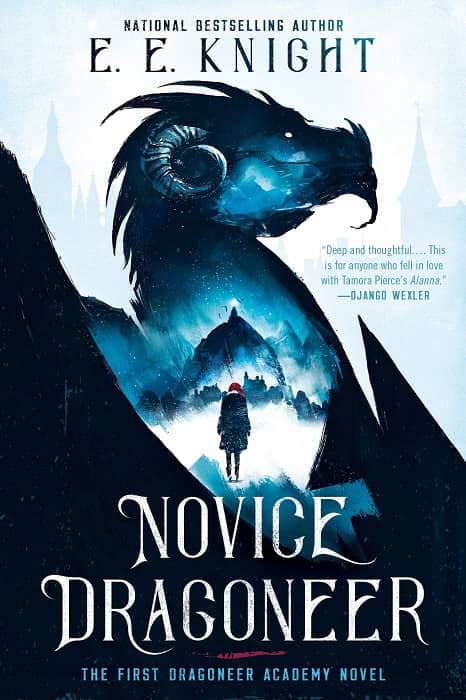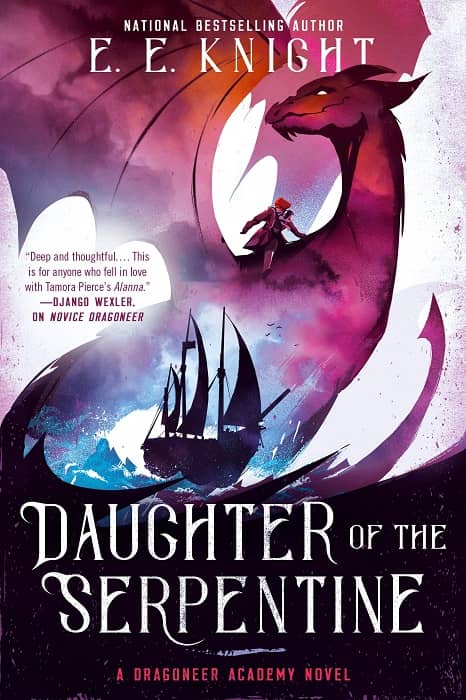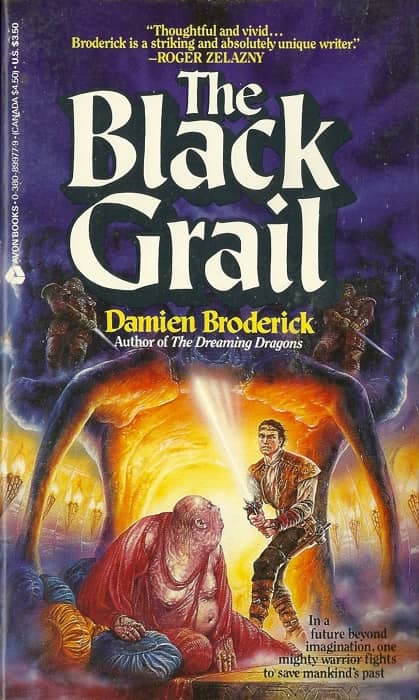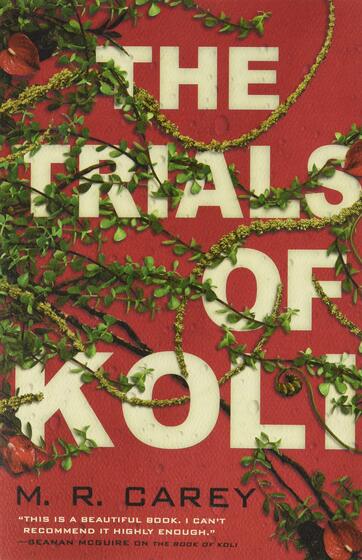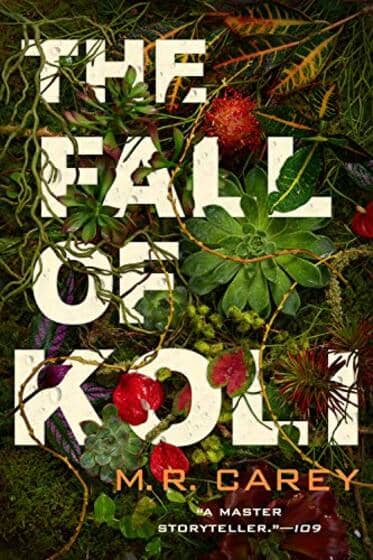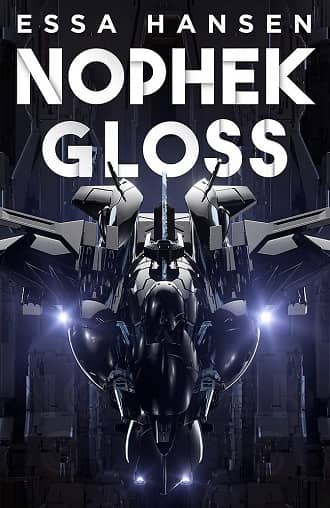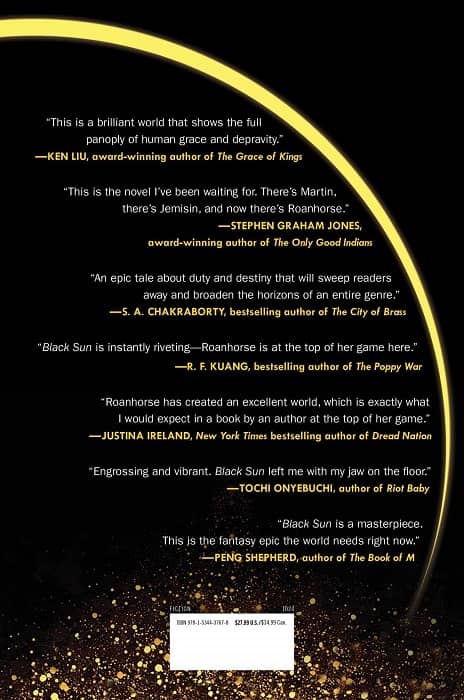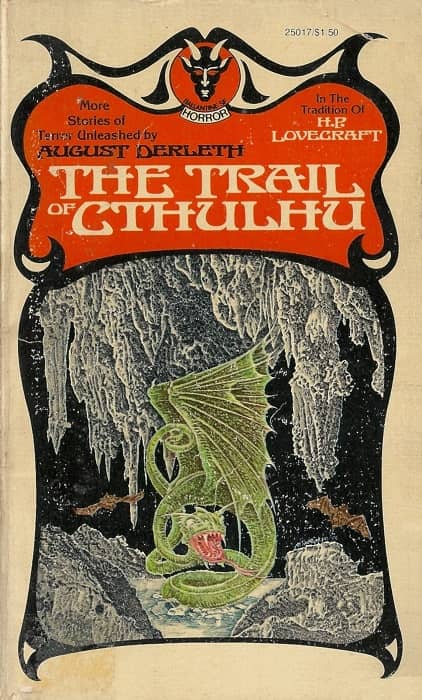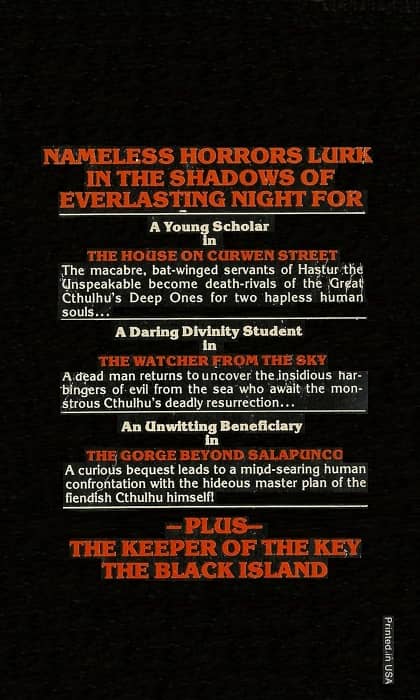Catch-22 in Space: The Small Colonial War Series by Robert Frezza
 |
 |
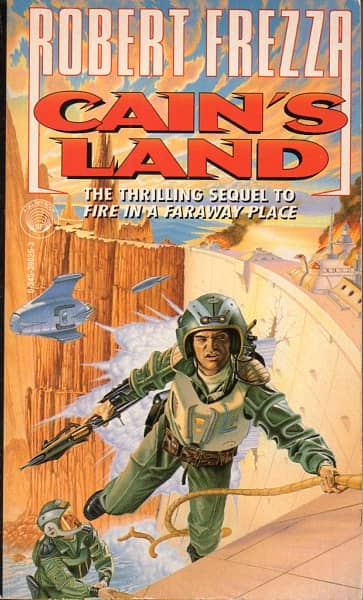 |
A Small Colonial War, Fire in a Faraway Place, and Cain’s Land by Robert Frezza
(Del Rey/Ballantine, 1990-96). Covers by Stephen Hickman and Peter Peebles
Anyone else out there read stray book comments on the internet that send them off in search of 30-year old paperbacks? No? Yeah, that figures. Well, that’s what happened to me when I stumbled on this brief mention of Robert Frezza’s 1990 military SF novel A Small Colonial War on Reddit last night.
Anyone read A Small Colonial War? Catch-22 in space. Need to find my copy, it was dad’s favorite SF and he was very well read. Had to send my paperback to his widow.
It’s a total cluster-f**k of an empire trying to impose their will on a rebellious colony, told mainly from the point-of-view of the invaders. And it’s hilarious. And brutal. And hilarious.
A Small Colonial War was the first novel in a trilogy published between 1990-96. I’ve never read it, and I’m not 100% even sure I’ve ever seen a copy. But that small mention pinged around in my head because someone else had recommended A Small Colonial War recently, and it took some mental gymnastics to remember who and when. (Cut me some slack — I read about a lot of books).
But I remembered eventually. It was James Nicoll, in his July post Five Doomed Armies in Science Fiction at Tor.com. Here’s his more involved take.
